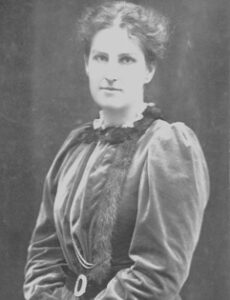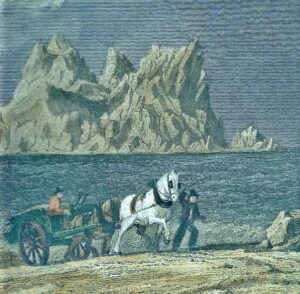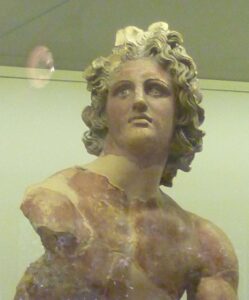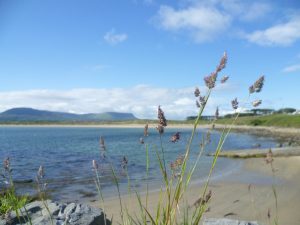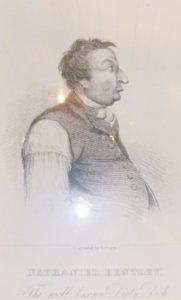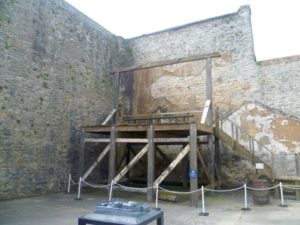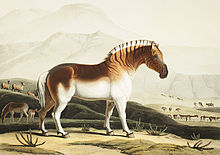I’ve always been interested in names, what they mean, when they became popular and why they fell from favour and ‘Thomas’ is a particularly interesting example. Thomas was one of Jesus’s twelve disciples, called ‘doubting Thomas’ because he refused to believe that Jesus had been resurrected until he saw Jesus for himself. The main New Testament male names, (Peter, Andrew, James, John, Philip, Bartholomew, Thomas, Matthew, Simon and Paul) were largely ignored as names people were actually called. In England, they were seen as religious names and set apart.
The most common boys’ names in the 12th century were William, Robert, Ralph and Richard – all of which had arrived with William the Conqueror in 1066 and swiftly supplanted the Anglo-Saxon names, with the exception of Edward and Edmund, both names belonging to Anglo-Saxon kings who were also saints.

Canterbury Cathedral: the setting for a horrible murder
Continue reading Names: The Rise and Fall of ‘Thomas’
Please share this page...
